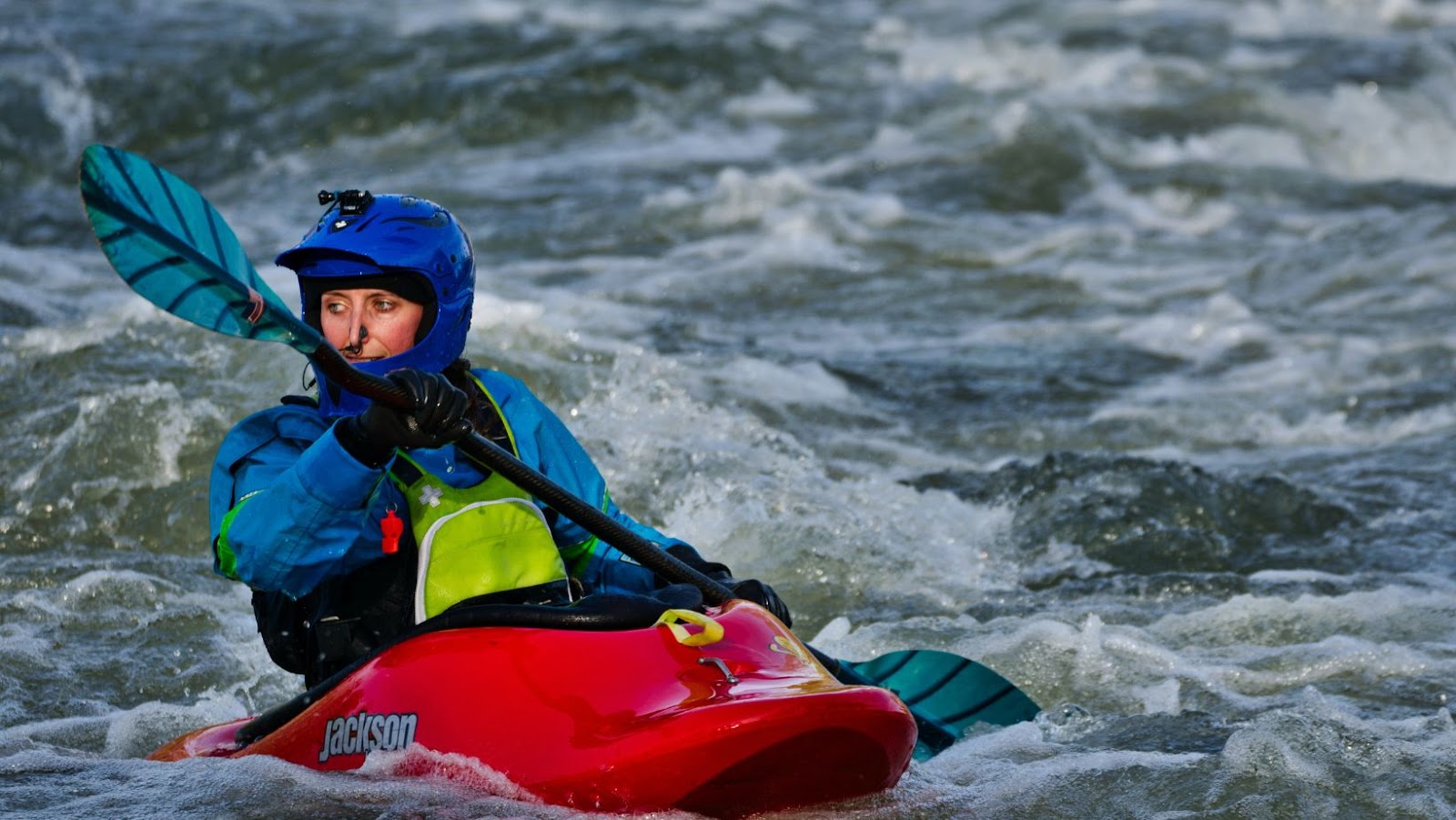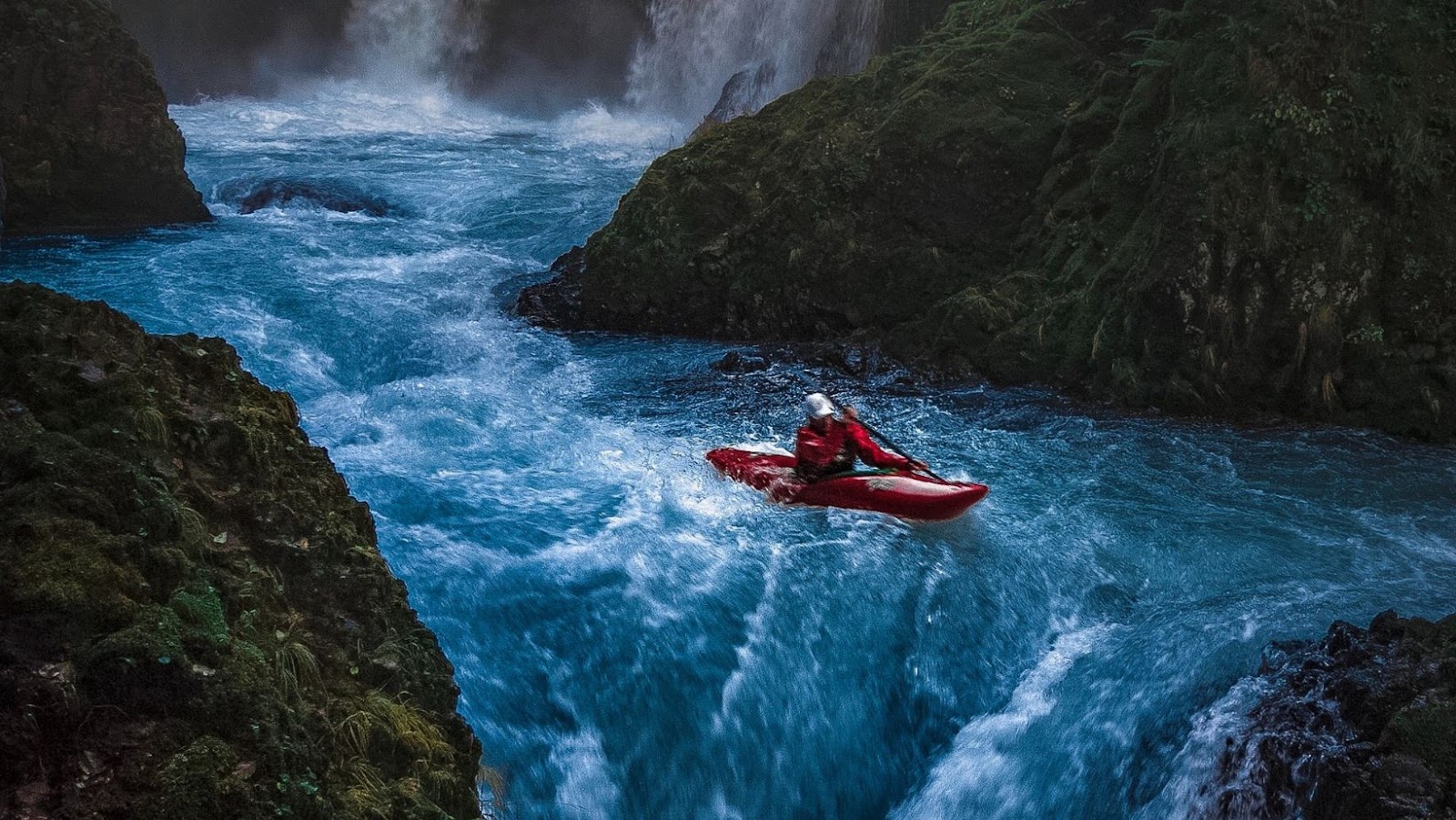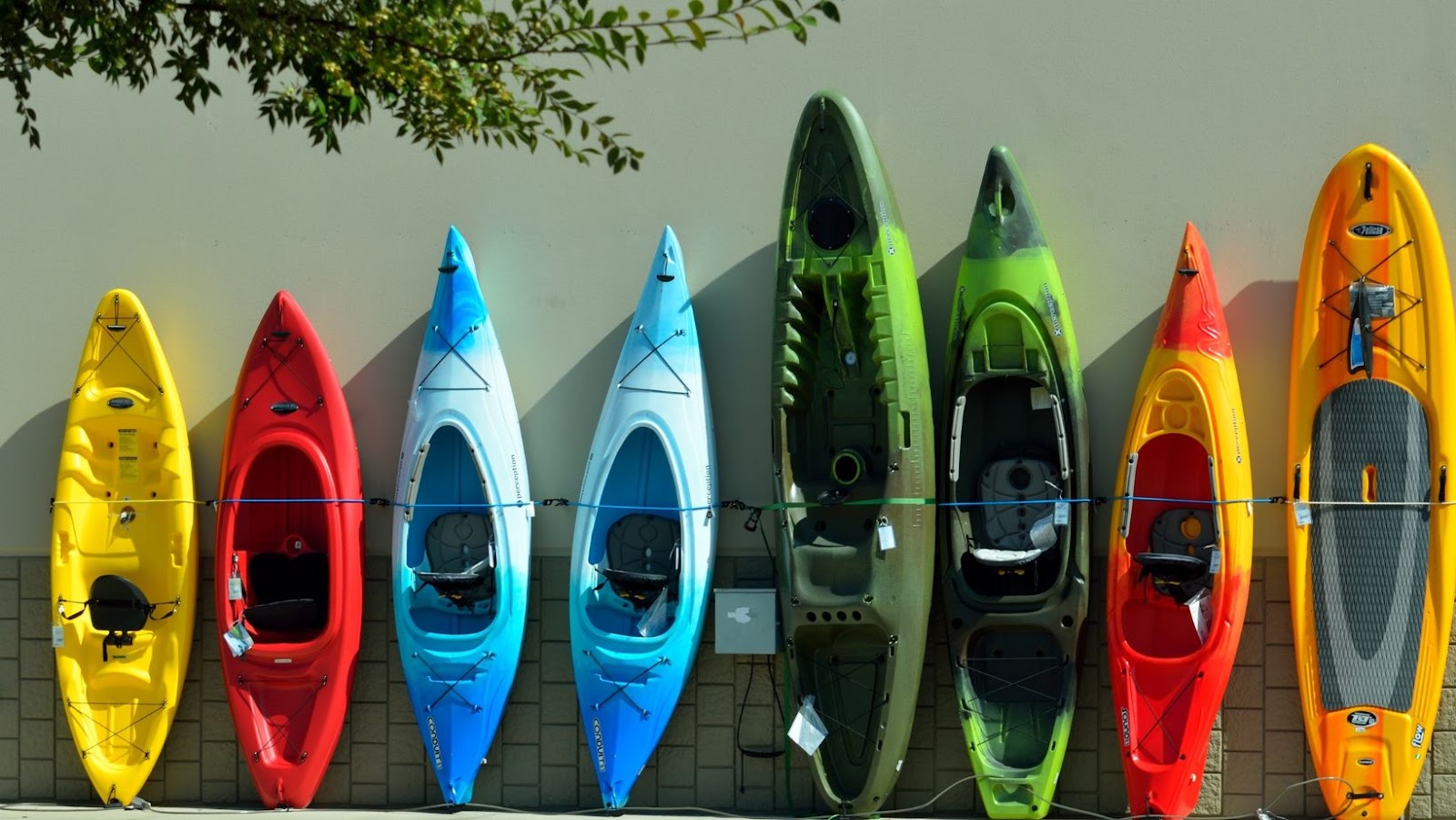Are you looking for an adventure this summer? Kayaking is a great way to explore the outdoors and create unforgettable memories. But are you unsure of what to wear when kayaking?
Don’t worry, we’ll provide you with the essentials, so you can have the best experience possible. You’ll be ready to hit the open waters in no time!
What Should I Wear for Kayaking
Kayaking is a fun outdoor activity that can be both relaxing and invigorating. Whether you’re new to the sport or a seasoned kayaker, it’s important to consider what apparel and gear should be worn when kayaking. Knowing which items are essential for the kayak trip will not only make your experience more enjoyable, but also safer and more comfortable.
By reading this guide, you will gain an understanding of what is necessary when participating in this exciting sport.
What to Wear on Your Upper Body
When kayaking, what you wear on your upper body is important for both protection and comfort. Keeping yourself protected from the weather and potential falls is key to having a safe and enjoyable experience. To stay warm, dry, and safe, consider wearing the following items:

Base Layer – A light or midweight synthetic or wool top is great for a base layer. It should fit snugly against the skin to provide insulation when wet.
Insulating Layers – Insulating layers such as pile fleeces or wool sweaters are great options for keeping in body heat when temperatures drop. Avoid wearing cotton as it loses its insulating powers when wet.
Outer Shell Layers – Pick an outer shell that’s waterproof and breathable such as Gore-TexThe material should also be flexible enough to allow movement while still providing sufficient coverage. Pockets can help store small items such as snacks or other items that you’ll need during your time on the water. A brimmed hat or hood can also provide additional protection from rain, wind, sun, and spray while out kayaking.
Other Accessories – Choose accessories like paddling gloves to keep your hands warm while on the water. Wetsuits are great options in cold temperatures and provide additional insulation without compromising mobility. A life jacket is another essential accessory; it will help keep you afloat even if you fall into the water unexpectedly!
What to Wear on Your Lower Body
When it comes to kayaking, what you wear on your lower body is an important factor in helping you remain comfortable as well as safe. The type of clothing worn should be chosen according to the temperature and water conditions. Generally, you will want something that provides a maximum level of comfort, keeps your skin dry and is loose fitting for ease-of-movement.
For warm weather paddling: A swimsuit or lightweight shorts with synthetic materials are the best choices for warmer conditions. They will provide the most comfort and often give you a bit more freedom of movement than thicker or heavier clothing items.
For colder water or air temperature: Fleece tights or a windproof/waterproof layer (such as neoprene) can help keep your core warm while preventing your skin from getting too cold. Pants are also an option; choose quick drying materials like nylon, which won’t become heavy when wet. For added warmth and protection against scrapes, consider wearing neoprene boots over foot protection such as socks or booties made out of nylon material.
Accessories such as gloves, hats and sunglasses may be necessary depending on the conditions; an extra layer will provide further insulation against changing temperatures in addition to providing sun protection if needed.
Taking into account all the factors mentioned above when selecting what to wear when kayaking will help create a comfortable experience for you!
Footwear for Kayaking
While sandals, flip-flops and sneakers are not recommended, the best type of shoes to wear while kayaking are water shoes with grip. Water shoes – sometimes called aqua socks or beach shoes – give you needed traction and durability and can be made from a variety of materials including neoprene with molded soles, fabric and plastic mesh or webbing. Some have adjustable straps to fine-tune fit and make slipping them on/off easier. You can also choose between low- or high-top styles, depending on your preference.
Kayaking socks are another great option with some offering padding in the right places to cushion bumps and provide extra warmth when stepping outside for any length of time. They provide some level of protection for the feet against abrasions from rocks or slime in the water that might be encountered during a kayak trip. Both options allow excellent water drainage so your feet stay safe from exposure in wet environments.
Accessories to Consider
When heading out on the water, it’s important to pay attention to safety and comfort when packing your gear. There are a variety of accessories you should include in your kayak that can help protect you from the elements and provide easy access to items you need while out on the water. Here are some things worth considering when gathering supplies for a day of kayaking:
-Life vest. Make sure any life vests you bring are Coast Guard approved, properly fitted, and don’t interfere with movement while in the kayak.
-Sun protection. Whether you choose to bring sunscreen, polarized sunglasses or protective clothing (such as hats and long sleeves), be sure to protect yourself from UV rays that may reflect off the water.
-Footwear. Choose shoes solely for wet activities—open toe footwear is not allowed for safety reasons
-Water bottles/snacks. Keeping hydrated is essential whenkayaking and good nutrition will ensure energy levels can stay high throughout the duration of your trip.
-Safety whistle or signal flag: Being able to call for help if needed is always helpful, so consider bringing along a whistle or flarelike signal devices in case of emergency
-Paddling gloves: Gloves act as an important barrier between your hands and paddle while helping avoid blisters by absorbing shock due to long periods spent paddling
Tips for Staying Warm and Dry
When kayaking, it’s important to dress appropriately to stay warm and dry. Choosing the right clothing and accessories is critical, as you’ll want to be comfortable when out on the water for an extended period of time. Layering is key so you can adjust as needed depending on conditions.
The base layer should absorb sweat and help regulate body temperature. Look for lightweight, quick-drying materials such as polypropylene, wool or spandex – these fabric blends are designed specifically for active wear and will keep you warm while allowing your body to breathe. Avoid cotton if possible as it absorbs moisture and increases the risk of hypothermia in cold temperatures.

For the mid and outer layers choose breathable but waterproof garments made with nylon or Gore-Tex fabrics that offer optimum protection from wind and rain; these materials will also repel any wave spray kicked up during rougher conditions. A water-resistant jacket can provide a much-needed barrier between you and any icy spray or cold air which may result in an uncomfortable outing! Additionally, look for pants that won’t restrict movement but close securely around the waist and ankles to prevent water from entering – special “spray skirts” can also be purchased for extra protection in windy weather or choppy lake conditions.
Other essential items include neoprene booties (which provide insulation against cold water) plus a hat, sunscreen (even on cooler days), polarized sunglasses (to reduce glare) and a dry bag (to keep smaller items protected). Lastly, consider taking waterproof gloves which can help protect against painful blisters – make sure they are lightweight yet durable enough not to impede your paddling motion. With just a little bit of planning ahead, your kayaking excursion can be both comfortable and enjoyable!
When it comes to what to wear when kayaking, there is no single answer. The right clothing and gear will depend on the type of kayaking you are doing, the conditions, type of water and climate in which you are paddling. Consider factors such as weather, temperature, water temperature, buoyancy and comfort when making your selection.
Be sure to bring extra layers and accessories like a hat and sunglasses so that you can stow them away if necessary. Through proper planning and preparation it is possible to ensure that your kayaking experience will be fun, safe and enjoyable for all involved.




No Comment! Be the first one.